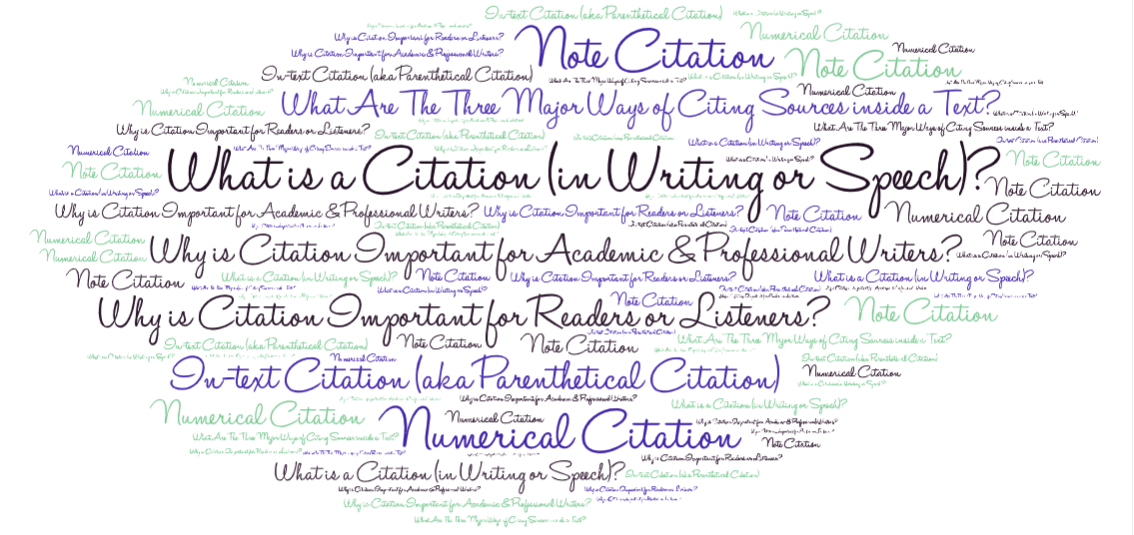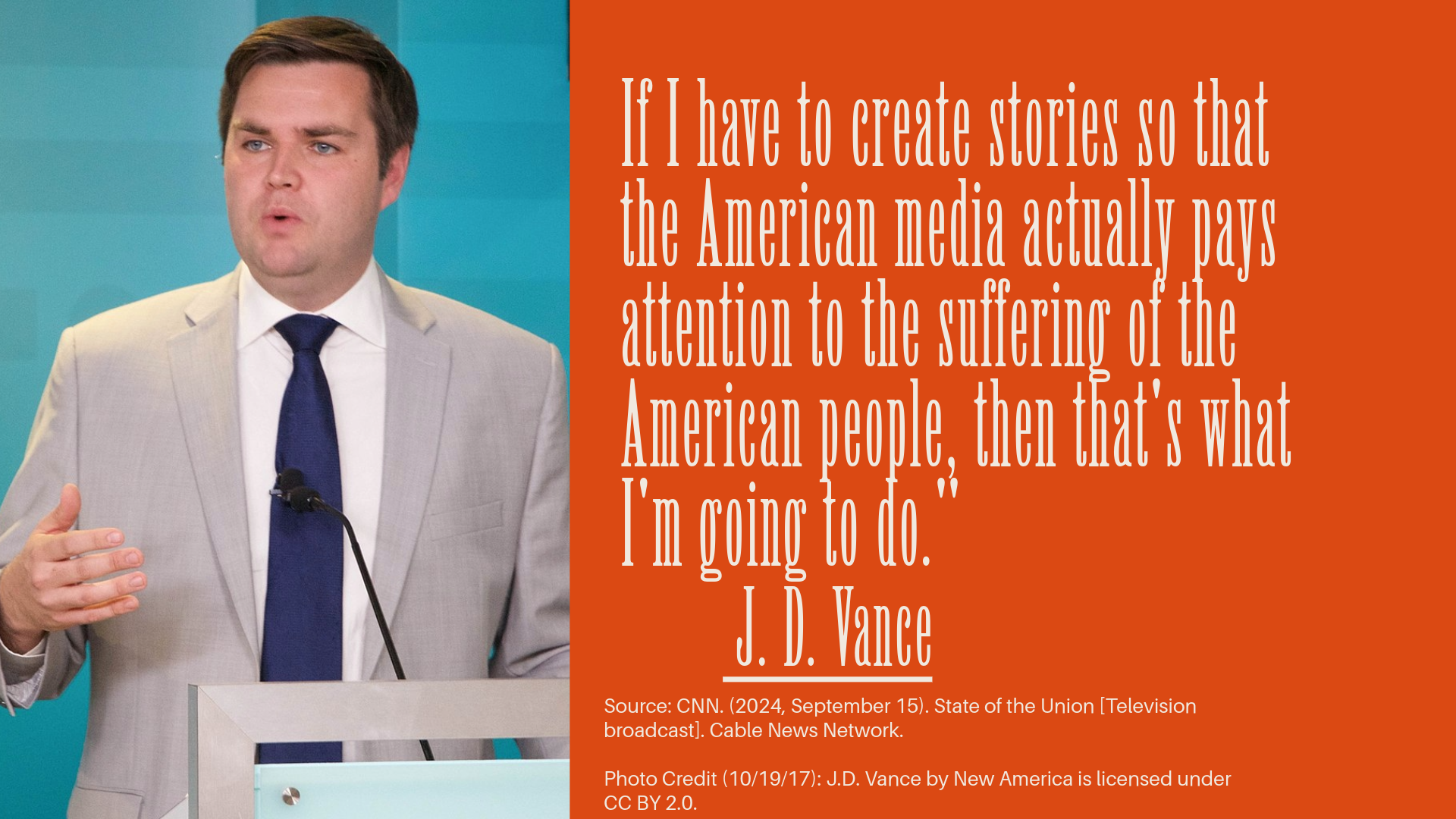
What is Textuality?
Textuality refers to the intrinsic characteristics of a text, emphasizing how meaning is constructed and interpreted through its structure, language, and the context in which it is situated. It encompasses the various elements that contribute to a text’s overall meaning, such as its genre, style, and the conventions it adheres to or challenges.
What is Intertextuality?
Intertextuality refers to the relationships between texts, specifically how one text references, influences, or is connected to other texts. It involves both the network of associations among texts and the ways these relationships shape the creation and interpretation of a text. This concept underscores the idea that texts are not isolated entities but are part of a broader cultural and literary discourse, constantly interacting with and responding to other texts.
Related Concepts
Communication; Hermeneutics; Semiotics; Text, Composition; Textual Research; Textual Analysis; Symbol Analyst.
Why Do These Concepts Matter?
Writers, speakers, and scholars generally view texts as interconnected rather than isolated. They understand texts as part of a broader network of cultural, historical, and literary discourse. This perspective sees texts as conceptually networked to other texts, each one participating in an ongoing conversation.
This is often apparent when an author quotes, paraphrases, summarizes, translates, or satirizes other texts. However, the influence of other texts can also manifest in more subtle ways. Writers and speakers naturally draw upon what they have read, filtering their interpretations through their observations and past experiences as readers. Their understanding of genre conventions and the cumulative knowledge of previous texts inform how they compose and interpret new texts.
For those who study communication and research methodologies, texts are viewed as socio-cultural-historical artifacts, embedded within a larger web of meaning. This conception is grounded in the belief that meaning does not reside solely within an individual text but emerges from the relationships a text has with past texts. Scholars advance knowledge by referencing, discussing, and building upon prior research and scholarship (see Scholarship as a Conversation). Understanding textuality and intertextuality is thus essential for appreciating how meaning is created, communicated, and interpreted within this complex network.
Recommended Resources
Erickson, A. (2017, April 24). What ‘personal space’ looks like around the world. The Washington Post. Retrieved June 6, 2018, from https://www.washingtonpost.com/news/worldviews/wp/2017/04/24/how-close-is-too-close-depends-on-where-you-live/?utm_term=.137d9248a29d References




























